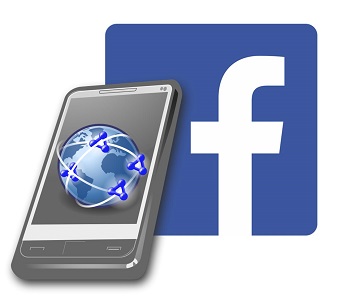Digital commerce experienced significant growth in 2015 due to holiday shopping
E-commerce saw a surge during the 2015 holiday season, with many consumers opting to do their shopping online rather than only visit physical stores. A new report from comScore shows that many consumers took to their computers and smartphones to get their holiday shopping done. Mobile commerce, in particularly, proved to be somewhat popular among consumers, as they saw shopping from their mobile devices more convenient than visiting a traditional retail store.
Mobile commerce is becoming a very powerful force in the retail space
According to the report from comScore, mobile commerce saw significant growth in 2015. The mobile commerce sector grew by 59% over what it had been in 2014, with growth being driven by the number of companies becoming involved in the mobile commerce space and consumers seeing mobile shopping as more convenient. Overall, digital commerce reached $69.08 billion between November 1 and December 31 last year. While this falls below what comScore had predicted last year, this still represents a significant degree of success for the e-commerce space as a whole.
Consumers are beginning to favor the convenience of mobile shopping
 Notably, mobile commerce performed better than what comScore had predicted for the holiday season. Many consumers opted to shop for and purchase products that they were interested in with their smartphones and tablets. Retailers had prepared to engage mobile consumers throughout 2015 and found that their efforts had been successful. Due to the success of mobile commerce, retailers are likely to participate more in the mobile space in order to create a more dynamic connection with customers.
Notably, mobile commerce performed better than what comScore had predicted for the holiday season. Many consumers opted to shop for and purchase products that they were interested in with their smartphones and tablets. Retailers had prepared to engage mobile consumers throughout 2015 and found that their efforts had been successful. Due to the success of mobile commerce, retailers are likely to participate more in the mobile space in order to create a more dynamic connection with customers.
Cyber Monday proves to be the most successful day for online shopping
According to comScore, the single largest online shopping day of 2015 was Cyber Monday, which was November 30. During that single day, some $2.3 billion in online sales were reported throughout the retail sector. Companies like Amazon and eBay found the most success in the online retail space, but traditional retailers have also begun to embrace the digital world, create a degree of competition and providing consumers with more options when it comes to e-commerce.

 That publisher is testing out the mobile marketing strategy in a closed beta test. This was confirmed officially by Facebook by way of the AdExchanter report. This latest step in mobile advertised is believed to be the most recent move that Facebook is taking in order to provide advertisers and marketers with an alternative to using AdSense through Google.
That publisher is testing out the mobile marketing strategy in a closed beta test. This was confirmed officially by Facebook by way of the AdExchanter report. This latest step in mobile advertised is believed to be the most recent move that Facebook is taking in order to provide advertisers and marketers with an alternative to using AdSense through Google.